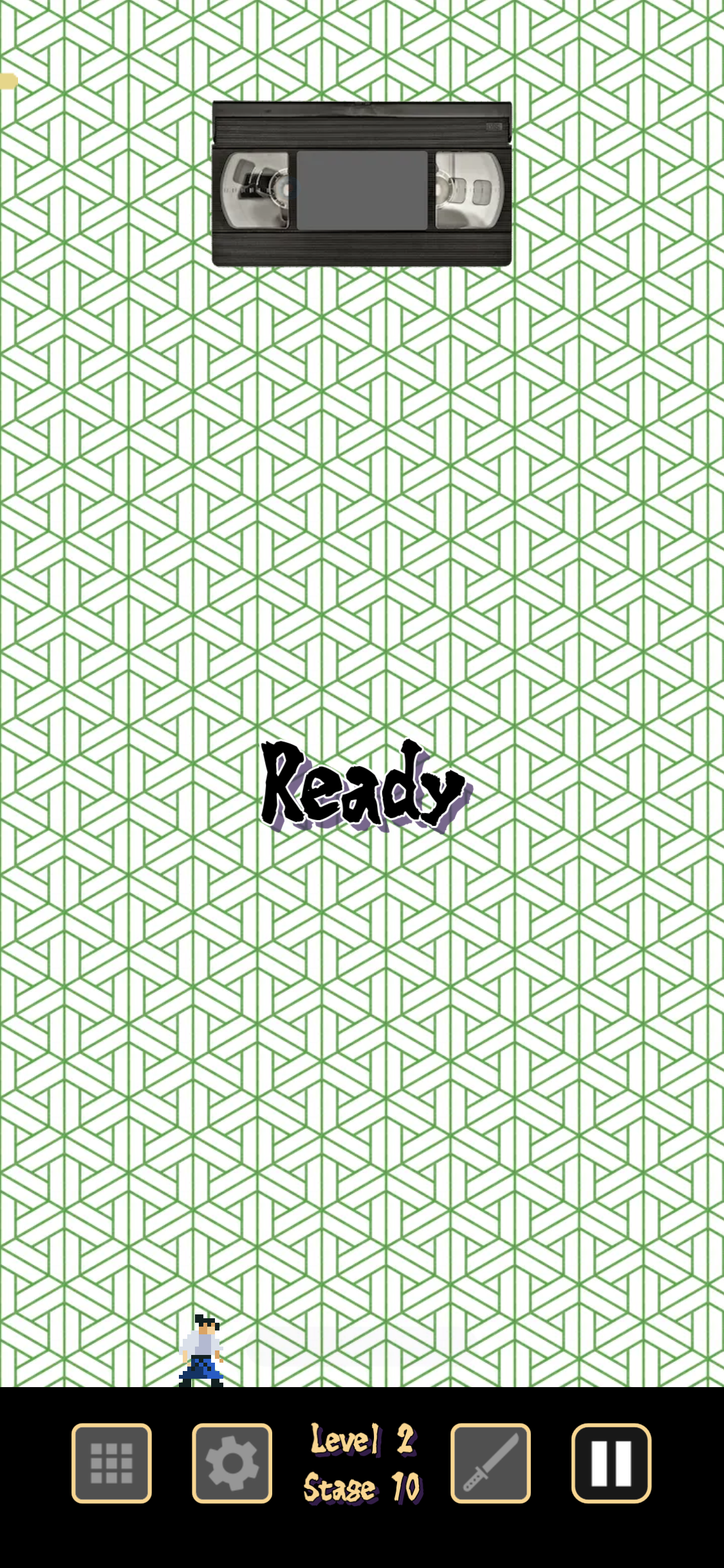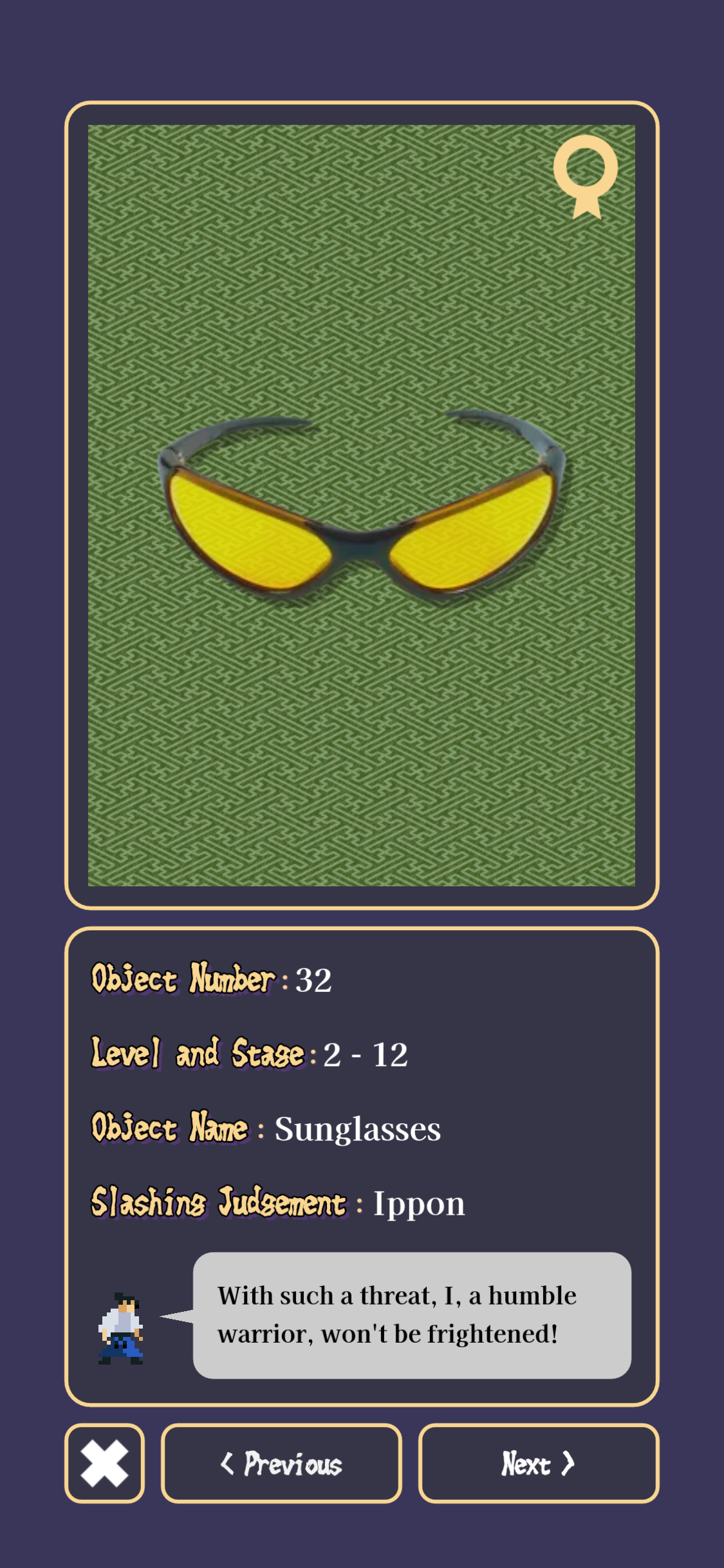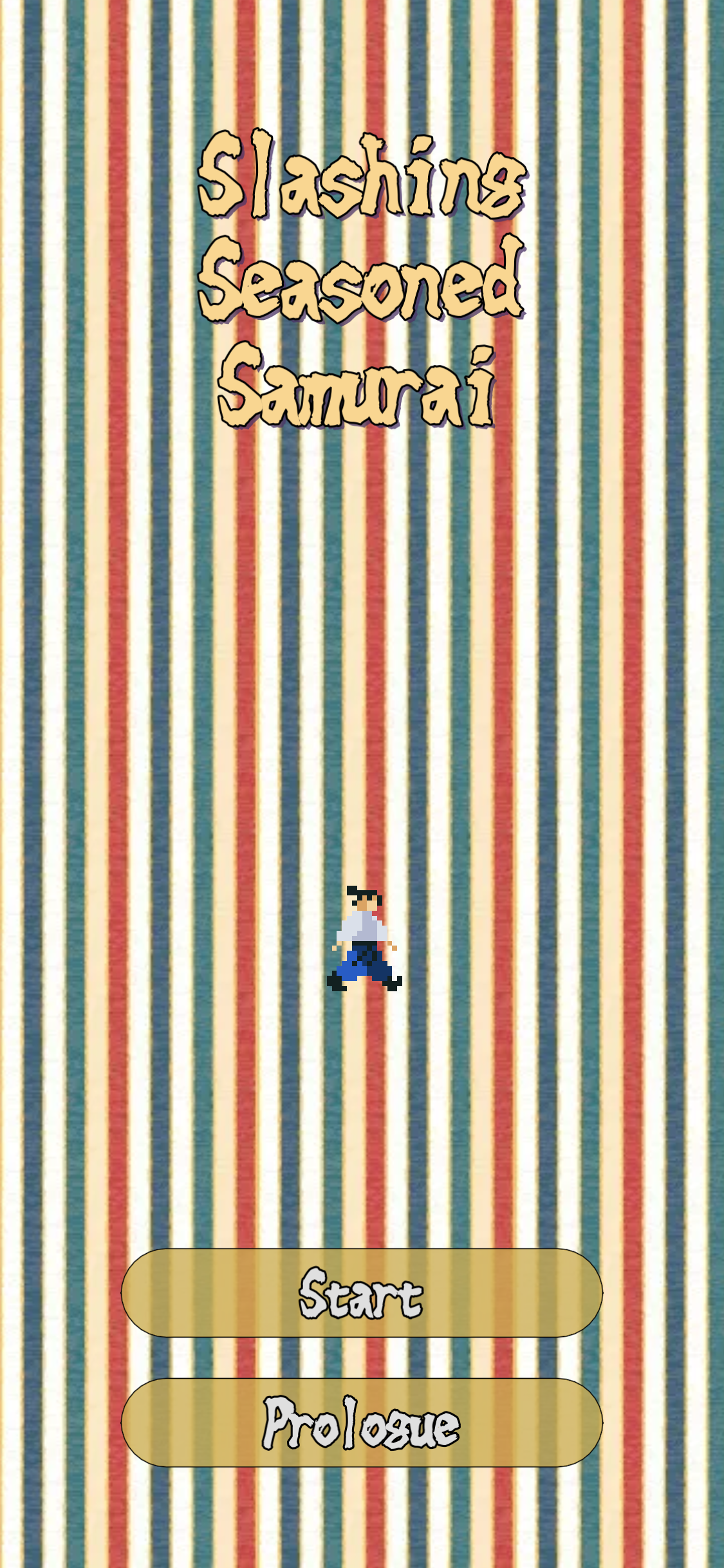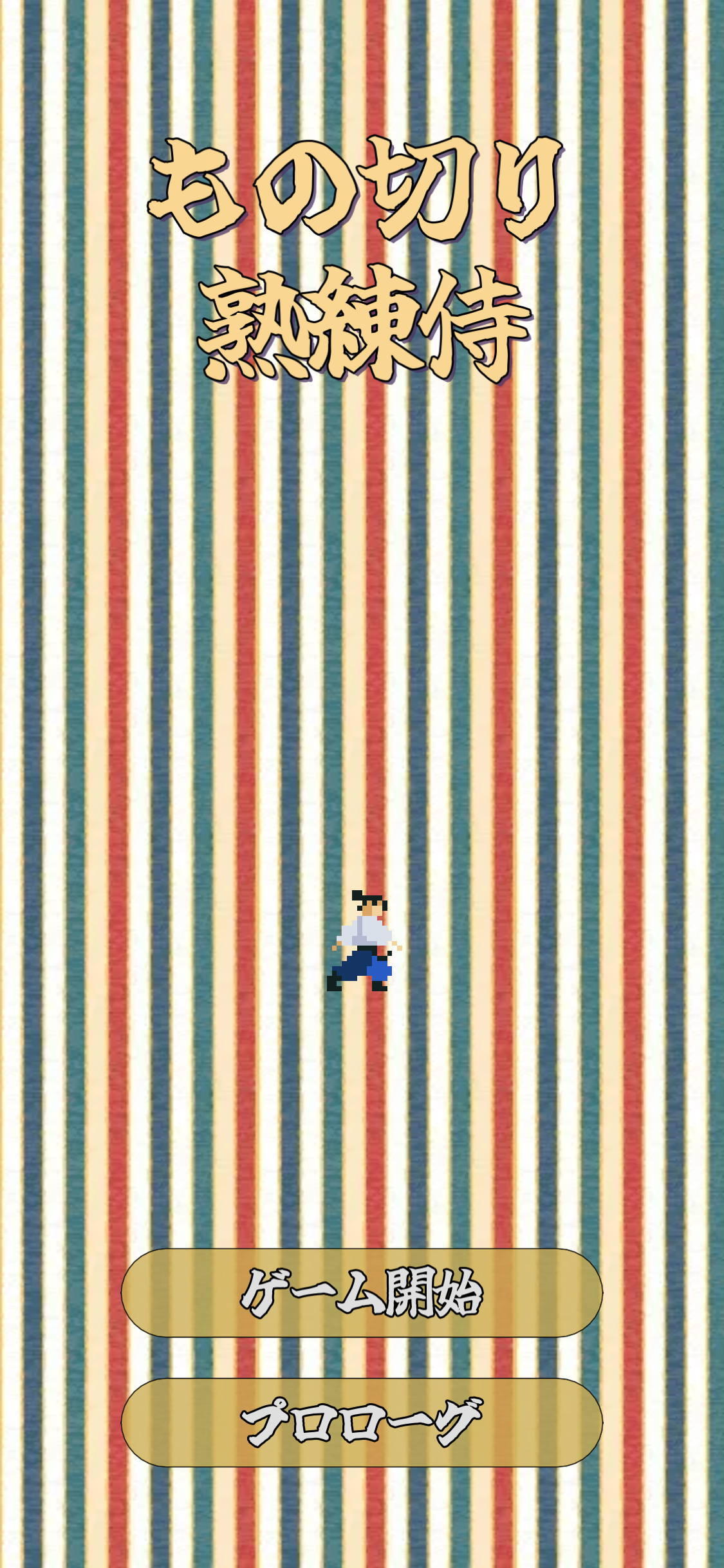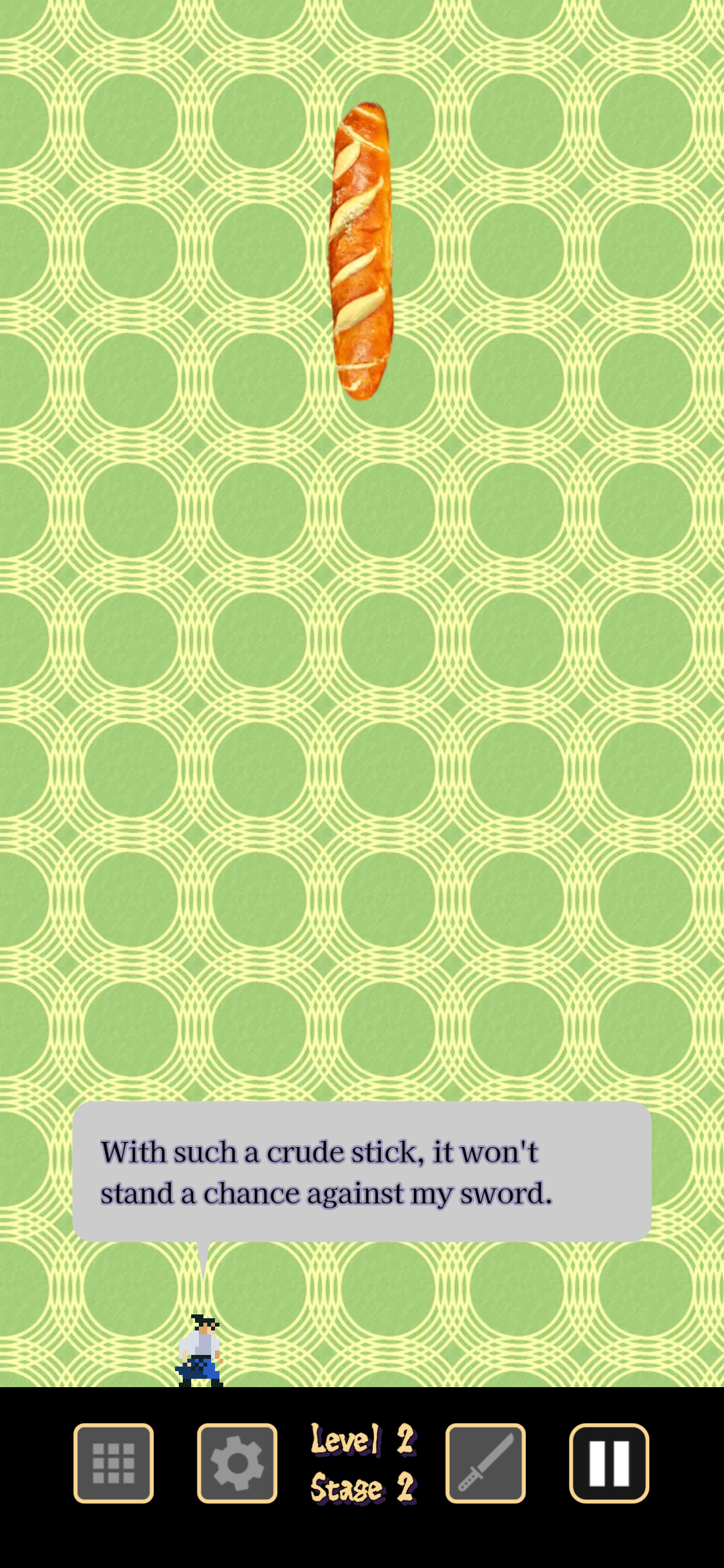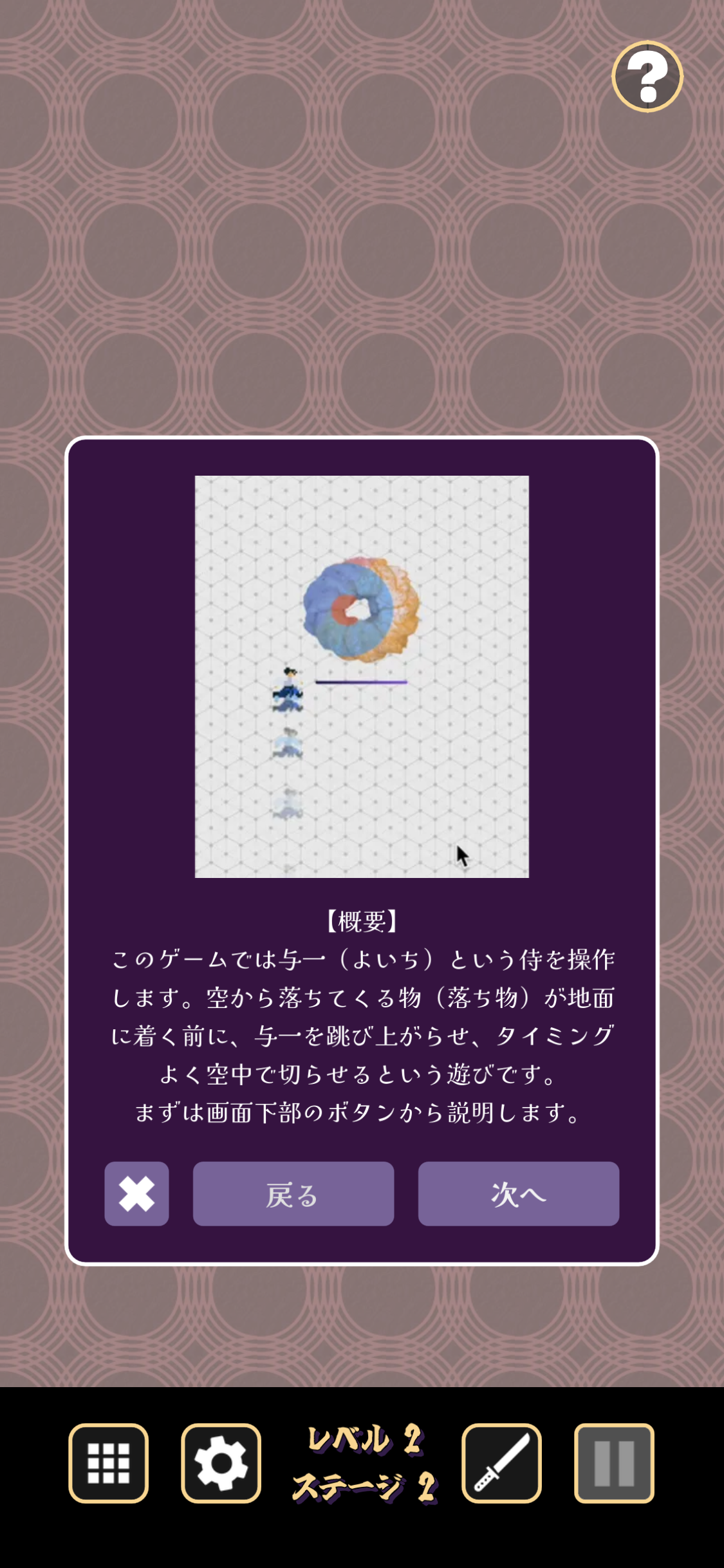This article is a record of the “Assets” in the (post) devlog of the iOS mobile game “Slashing Samurai,” released on the App Store on December 15, 2023.
Slashing Samurai is available for free download on the App Store. Just click the banner below to get this game!

Consideration of Assets to Use
In this development log, we record how we prepared assets for the development of the mobile game “Slashing Samurai.” In the context of game development, assets refer to the materials used.
First, we listed the necessary assets and proceeded with a rough policy to prepare them with as low a budget as possible, considering the time cost.
The result of listing the assets necessary for the game is as follows:
- Character images
- Object (falling items) images
- Background images
- Fonts
- Background music (BGM)
- Sound effects (SFX)
We will detail how we prepared each of these materials one by one.
Character Images
Initially, I attempted to draw the player character, a samurai, by myself. I even tried drawing a bit. It was a 2D drawing. Using the Procreate app on the iPad, I could create animations simultaneously. I thought this could be useful and gave it a try.
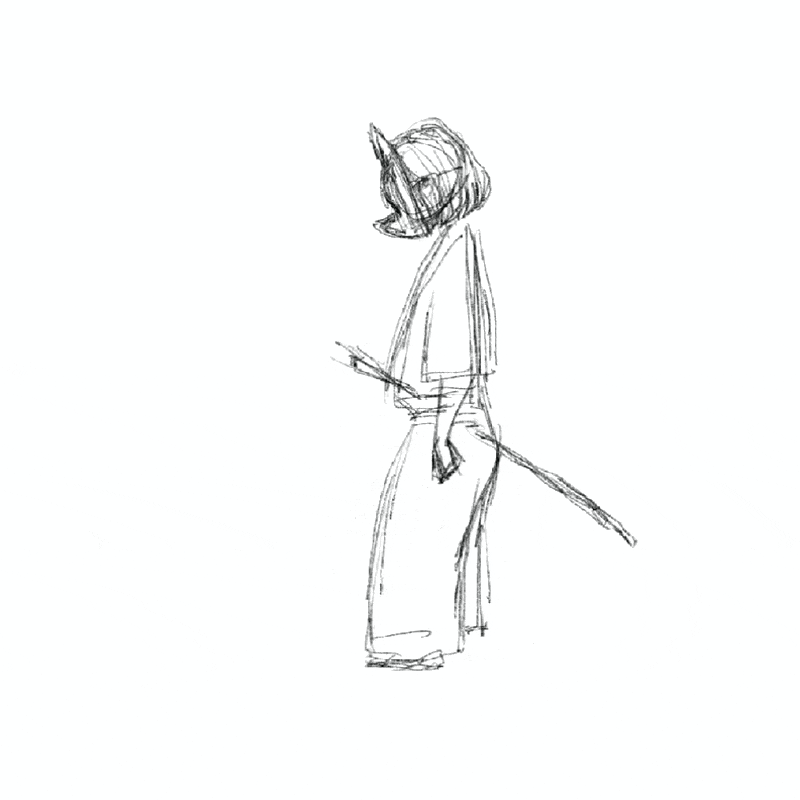
However, I felt that the result, which was only a rough sketch, did not quite fit. Realizing this, I decided to sleep on it overnight.
In most cases, sleeping on it overnight allows for a more objective judgment. As expected, the next day, when I looked at the drawing I made, I concluded, “This won’t work.” First of all, there was almost no time to refine it from the rough sketch. Additionally, I was trying to draw a cool samurai that didn’t fit well with a casual game. I thought it needed to be more playful, and I started searching for a “visually suitable for a casual game” character. Eventually, I found a suitable pixel art samurai on itch.io.
![]()
It was called pixel art samurai , and I decided to use it. Pixel art and casual games go well together, and I believe they complement each other nicely.
Objects Images
I considered preparing a variety of objects falling from the sky, including various things from different eras, such as food, vehicles, electronic devices, tableware, furniture, fossils, jewelry, etc. I thought it would be amusing for the samurai to cut things that were out of place in terms of location and time.
Since the player character, the samurai, was in pixel art, I initially thought of using pixel art for falling items to maintain consistency. Unfortunately, that idea was discarded. Considering the content and tempo of the game, I anticipated needing 100 to 200 objects. However, that number was too high to draw by myself, and asset stores like itch.io did not have a variety of assets for such scenarios. Additionally, some items were challenging to express in pixel art. So, I decided to use real-life photos. The mismatch between pixel art samurai and real-life falling items could also contribute to the humor of the game.
I started by listing every possible item.
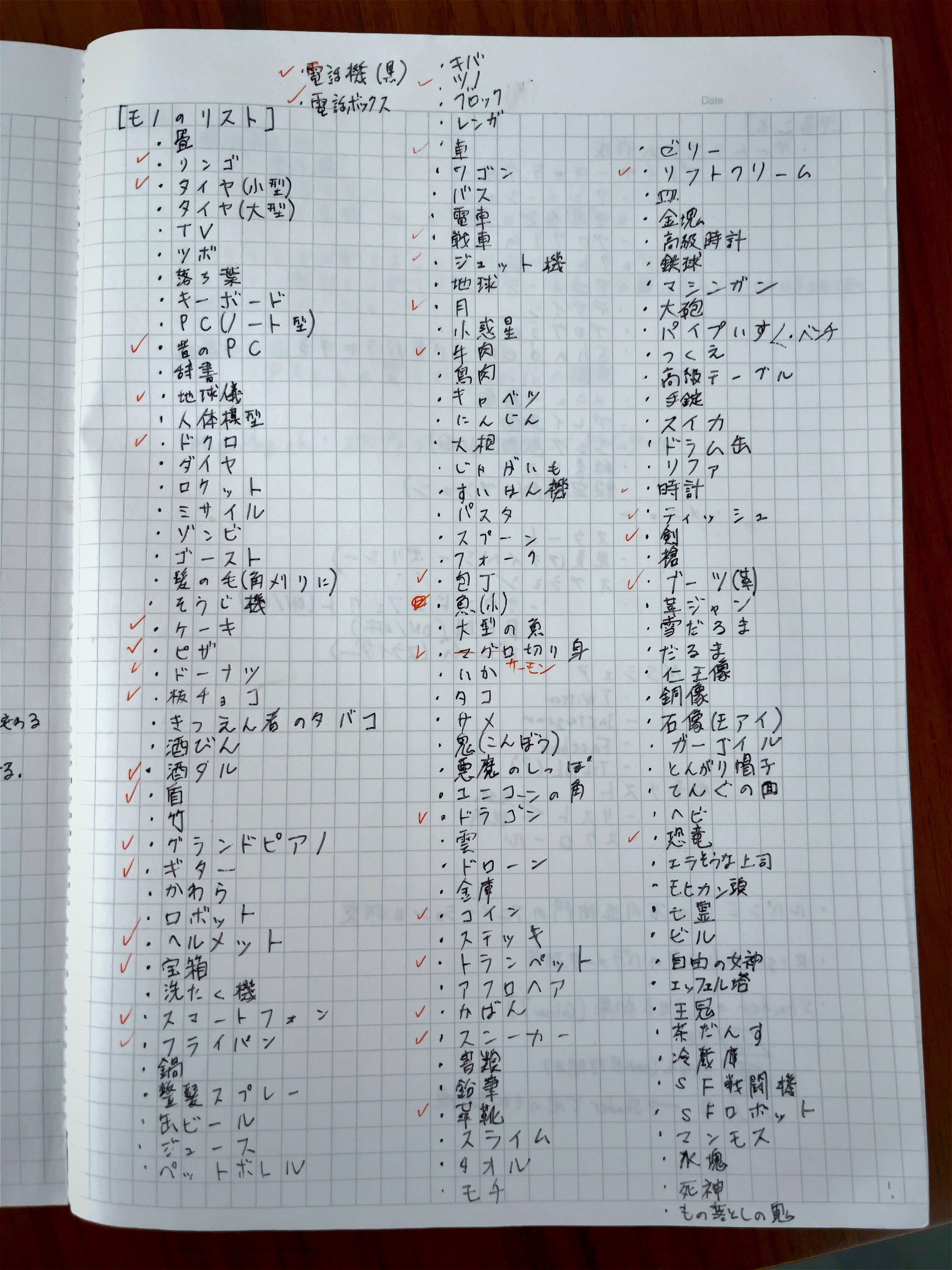
Since the number was large, and I couldn’t provide real items for everything, taking photos myself was not realistic. With no budget, the solution was to find free-to-use images. That’s when I discovered the website Pixabay , which was extremely helpful. Not all the items listed in my notes had photos on the site, but a majority of them were found. Luckily, I found items that I hadn’t initially thought of.
I resized the downloaded images to fit the smartphone screen. As a side note, when I initially built and released the game on the App Store, the data size was unusually large. At that time, I converted all the falling item images from .png format to .webp format. The size reduction was dramatic and surprising.
Background Images
For the game’s background images, I initially thought of using old, public domain paintings, such as ukiyo-e from artists like Hokusai and Hiroshige, to create the right atmosphere.
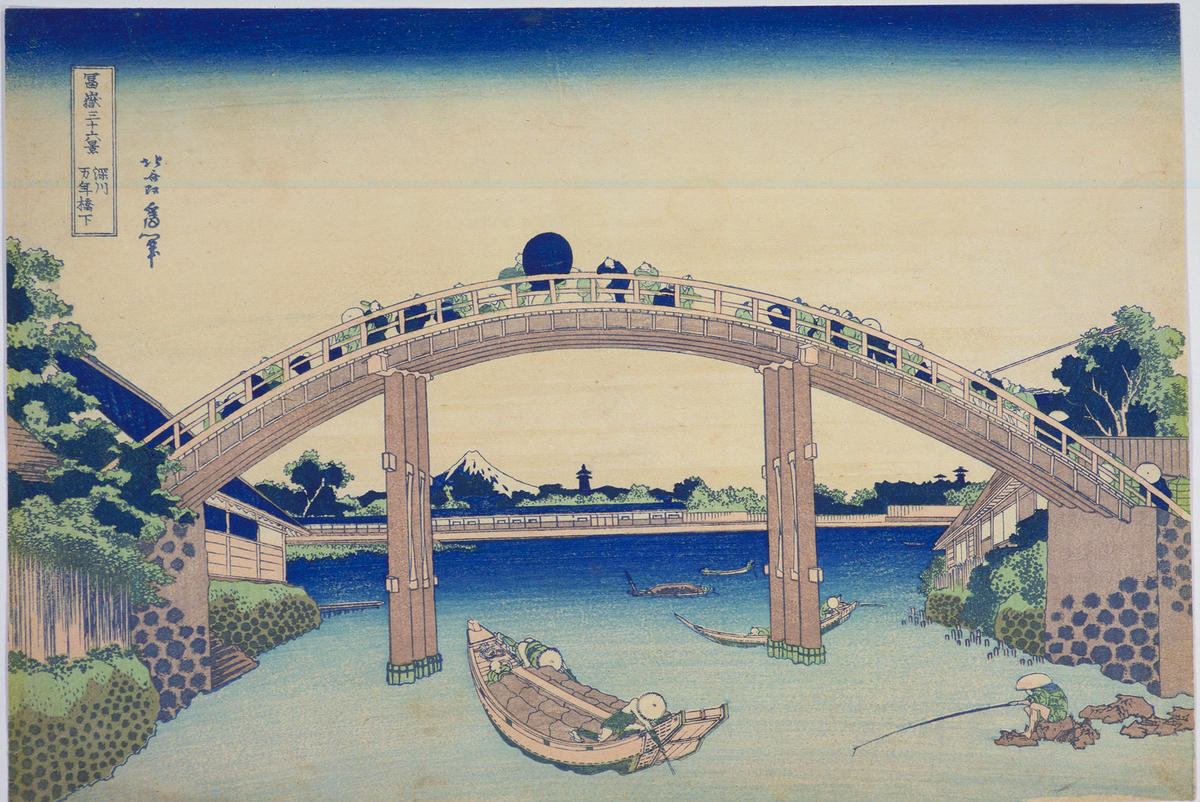
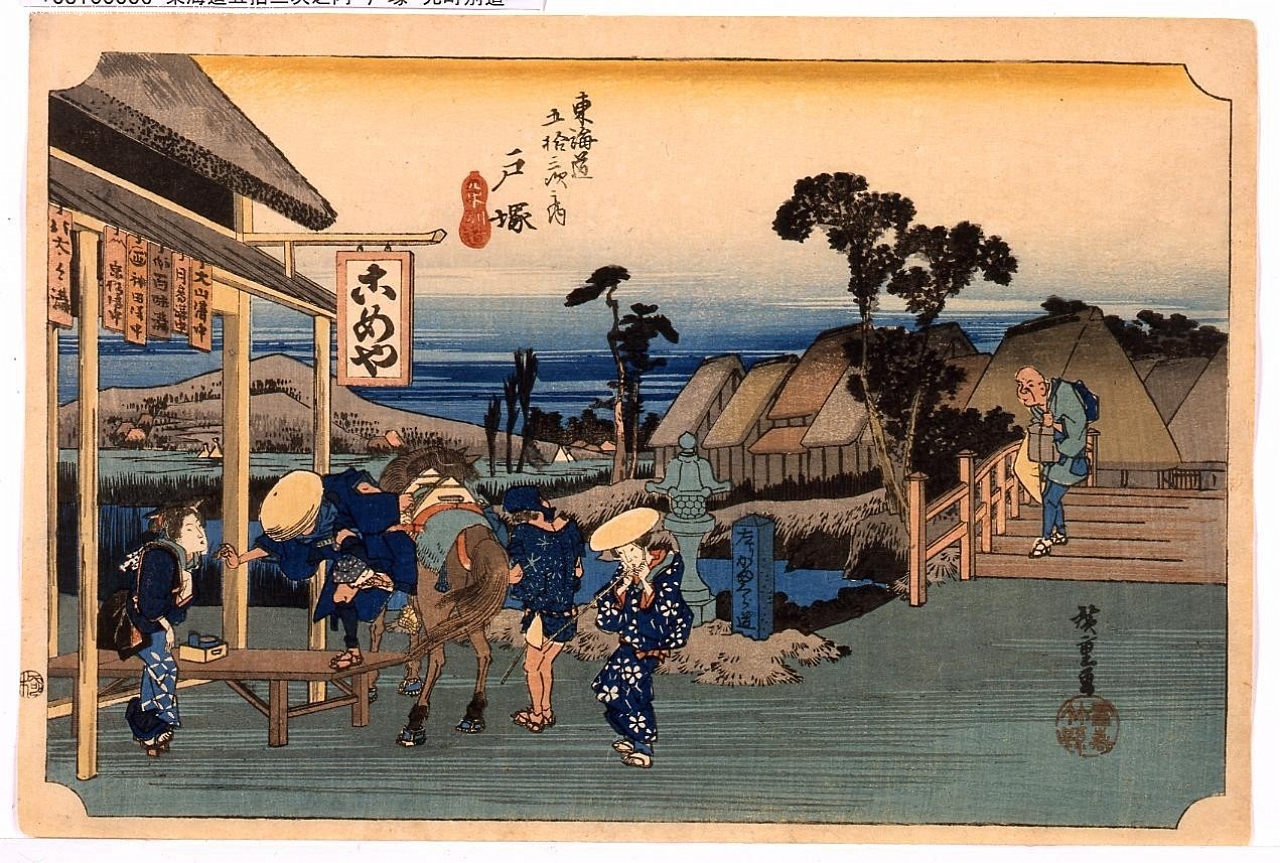
I collected these paintings and tried incorporating them into the prototype game background. Contrary to expectations, the background became cluttered and noisy. The main samurai and falling items didn’t stand out, and visibility became extremely poor. Therefore, the ukiyo-e idea was abandoned.
I considered drawing ukiyo-e-style backgrounds myself, but I knew I couldn’t guarantee the quality. However, I desperately wanted to incorporate a Japanese-style atmosphere into the background. I pondered what a background that doesn’t obstruct the samurai and falling items but still exudes a Japanese atmosphere would be. That’s when I thought of using Japanese pattern textures. Since it’s a casual game, there’s no need to focus on the background’s details. On the contrary, a Japanese pattern texture could give an overall stylish impression to the design.
I immediately searched for Japanese pattern textures and found the website Bg-Patterns .
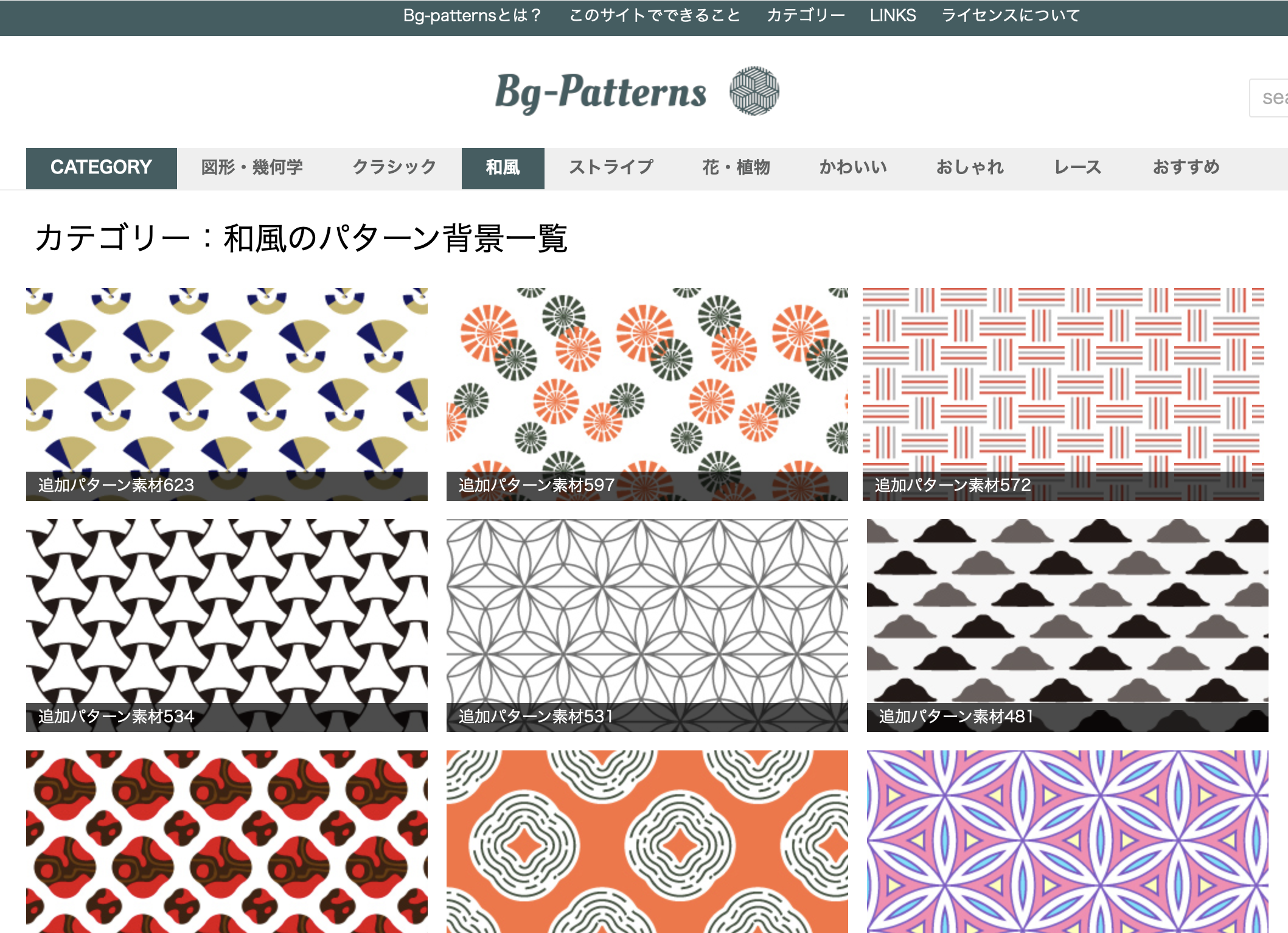
There were numerous Japanese patterns available on this site. I downloaded several and applied them to the actual game screen. It matched well, as expected.
In the end, I downloaded 200 patterns and assigned them to each stage, adjusting colors, patterns, and the atmosphere they emit to fit the falling items.
If you played “Slashing Samurai” to the end, you should feel a sense of a boss-like atmosphere in the final level 10.
Fonts
Fonts are crucial assets for expressing a Japanese atmosphere. Considering the game’s localization, I wanted to support at least two languages: English and Japanese. Therefore, I needed a font that could work well for both languages while maintaining a Japanese style. Since there was almost no budget, I searched for a free-to-use font.
For prominent text displayed on the screen, such as the game title and menu screen titles, as well as phrases like “One Point” and “Special Move” indicating successful hits, I thought a clear Japanese-style font would be suitable. I found the font Tamaden - Free Version , which is an onion-style script font. It was perfect for both Japanese and English, fitting the game’s atmosphere well.
For smaller text like tutorial explanations, I chose the font Kaisei , which is a sans-serif font with a Japanese touch. It was another excellent find that added a modern yet Japanese-style touch to the game.
BGM
I also wanted the background music (BGM) to reflect a Japanese atmosphere. Finding high-quality, free-to-use, loopable Japanese-style music seemed like a challenge. I thought I might have to compromise or rely on non-Japanese music, possibly even asking an AI to generate it. However, there was a solution. I found exceptional Japanese-style music for free use on Oto no Sono .
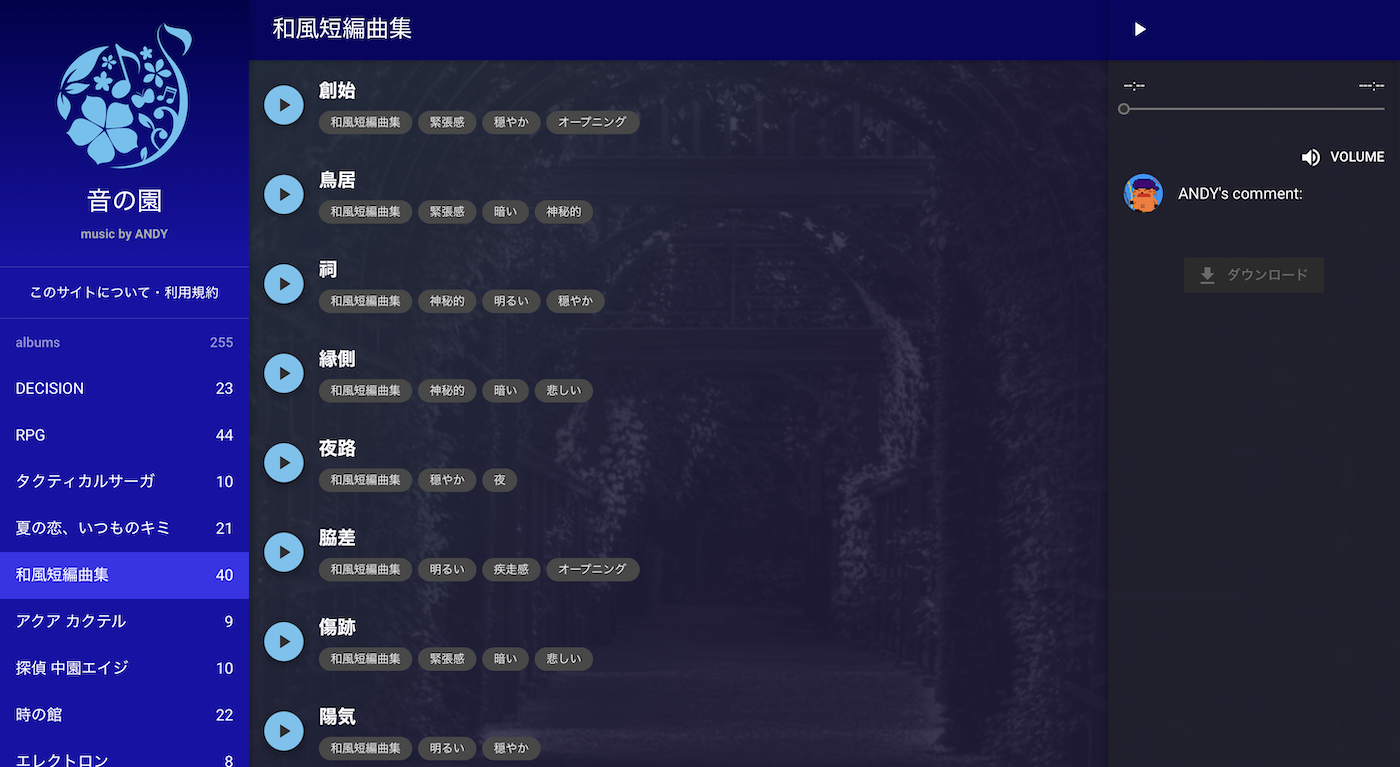
Honestly, the quality of the game “Slashing Samurai” wouldn’t have been the same without the music from Oto no Sono. The track used for Level 1, titled “Wakizashi,” played a significant role in shaping the game’s impression.
I want to express my gratitude to ANDY, the composer from Oto no Sono, in this context.
SFX
Various sound effects are used in games. For “Slashing Samurai,” I wanted the following sound effects:
- Samurai footsteps
- Sound of the samurai jumping
- Sound of the samurai landing
- Sound of the samurai cutting with the sword (multiple variations)
- Sound of the samurai sheathing the sword
- Sound of the samurai falling
- Sound of the samurai taking damage
- Sound of falling items appearing
- Traditional Japanese instrument sounds for excitement (shakuhachi, taiko drums, clappers, etc.)
- Confirmation button sound
- Cancel button sound
- Selection sound
- Beep sound for when selection is not possible
Before conducting research, I thought I might have to gather these effects bit by bit from various places or even create them myself in some cases. However, I found almost all of these effects on Sound Effect Lab . It was astonishing to find almost everything I needed on a single site.
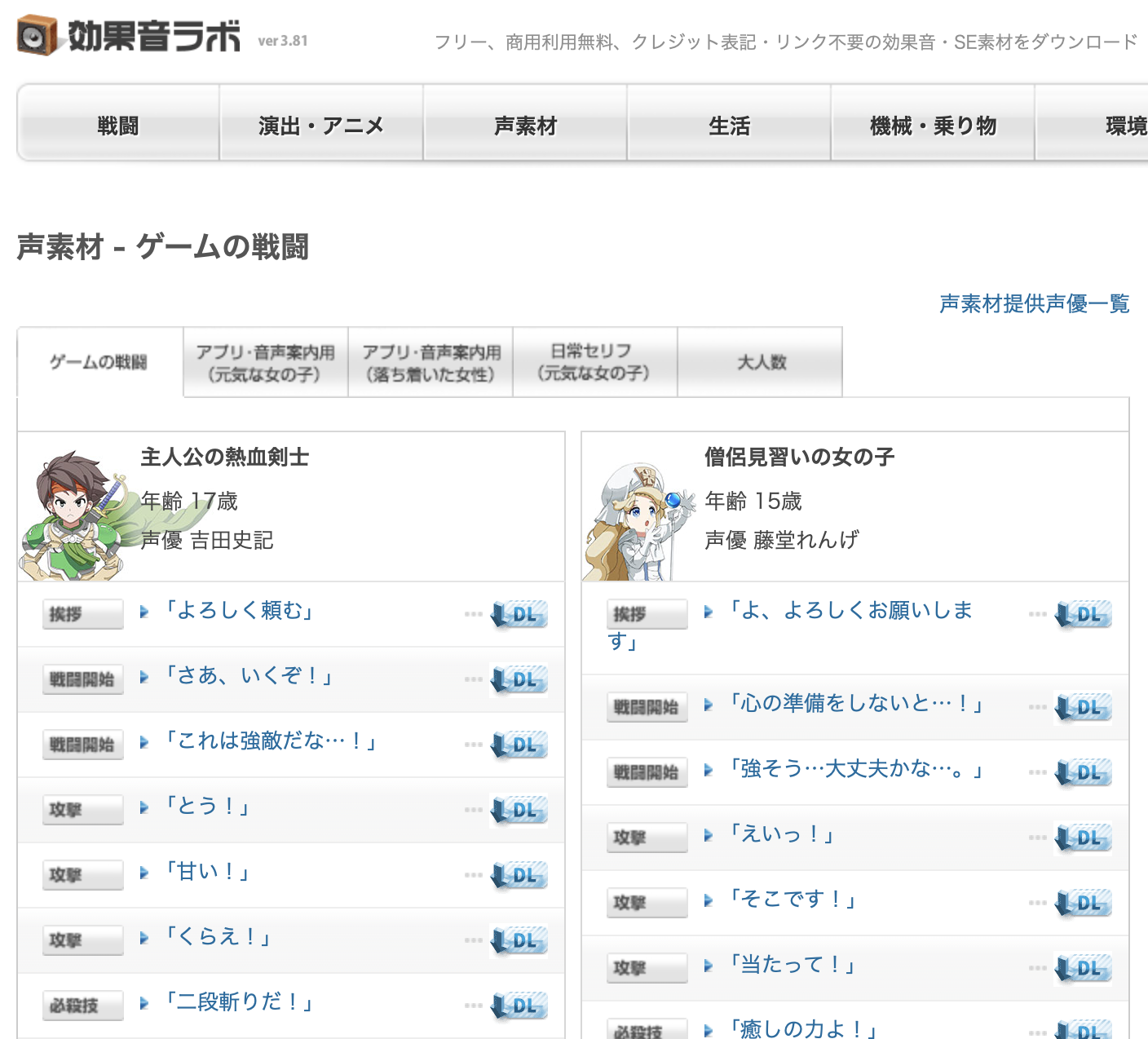
Conclusion
In conclusion, this article summarized how we prepared assets for “Slashing Samurai.” It’s essential to be cautious about using free assets; just because they are free doesn’t mean they can be used without permission. It’s crucial to ensure compliance with the license terms, whether it allows commercial use, whether it violates any prohibitions, and how the license attribution is handled.
I hope this development log can be helpful to someone in their game development journey.

